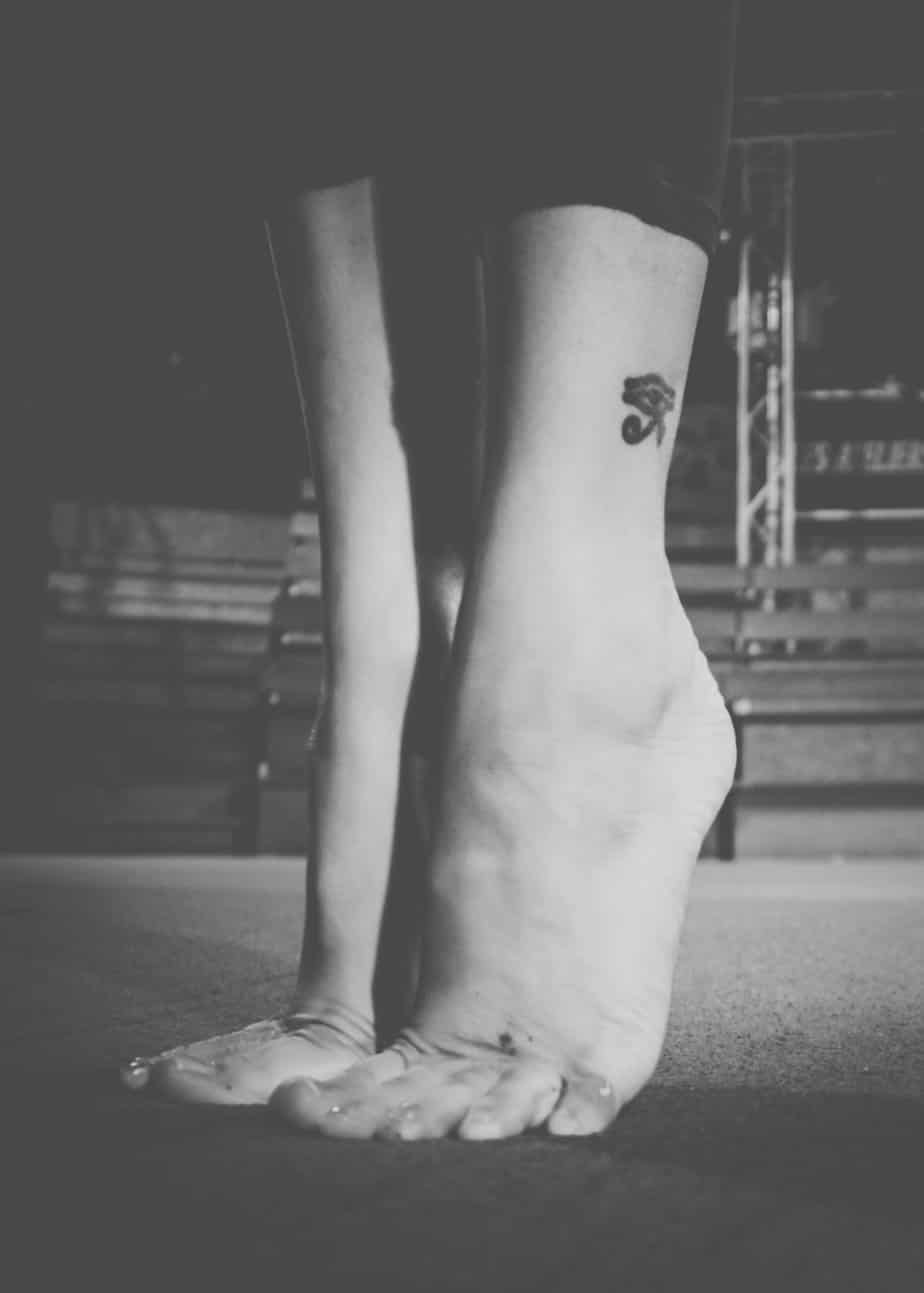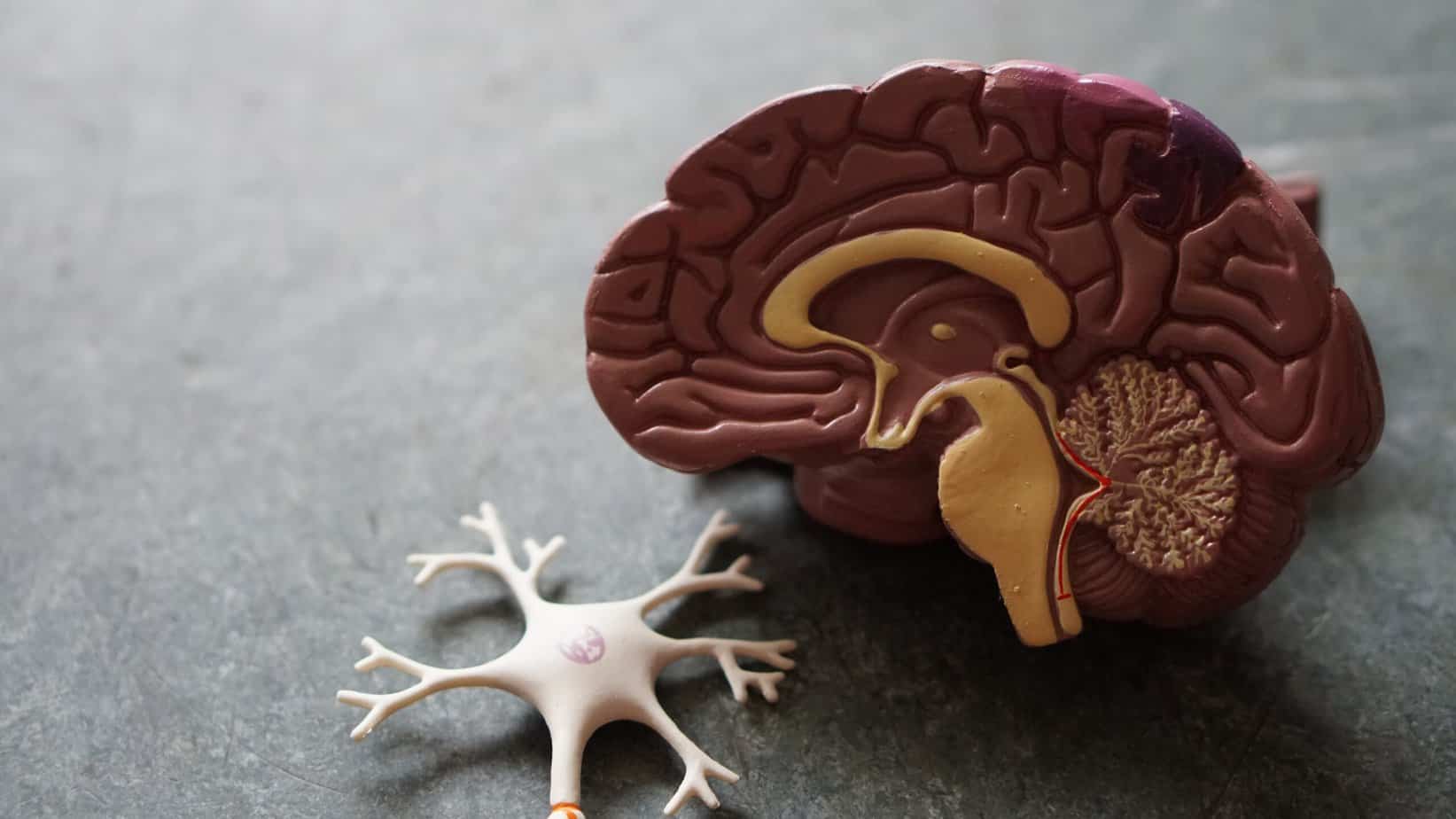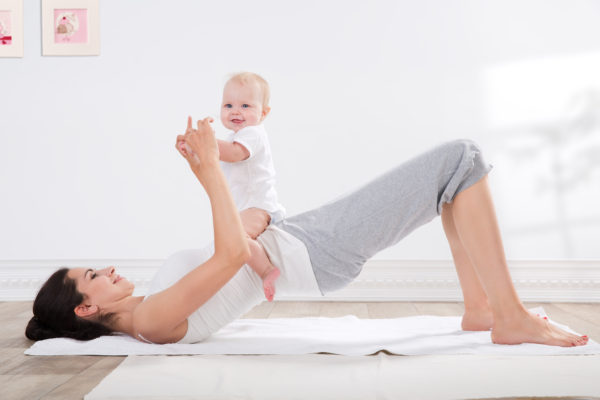How Can Physical Therapy Help My Ankle?

Ankle & Foot Series Part 3
If you’re reading this ankle and foot series, you’re probably eager to get to solutions you can use at home or at the gym to fix your foot and ankle. So, let’s start with some basic things to keep in mind:
A few things to assess and treat:
Mobility
- Is the foot/ankle moving well? Is anything painful? If you find that a certain part of your foot (ex: forefoot) isn’t moving much, first try to just gently move it a few times. If it’s uncomfortable, but is able to move, then proceed with caution starting with comfortable movements and slowly attempting uncomfortable ones.

- If it’s painful to move it, you should see a healthcare provider about it. If you don’t know who to see, check out our previous blog titled Ankle and Foot Series Part 2.
- Once you have established some pain free movements, you can progress to stretches per your tolerance. Some common stretches include calf stretch and plantar fascia stretch.
Strength Training
This improves muscle strength and typically starts without using any resistance, and once you can achieve good quality movement, you could use additional resistance like resistance bands.
Starting with the basics: Correct foot posture
Before any exercises, it is valuable to know what neutral foot posture looks like through these exercises. You should be able to:
- tolerate even weight distribution on the entire foot
- heel and all toes to be in contact with the ground
- 2nd toe in line with your heel
- leg in line with your heel

Less is more
- It is easier and more fun to work bigger muscle groups that are visible (ex: calf raises), but harder and more valuable to engage deeper muscle groups (ex: interossei). A starter exercise is shortening the foot in sitting, standing (avoid for plantar fascia pain).
https://drive.google.com/drive/folders/1OJRuMvMokht2CjG7TUnyHj6q_sTX909k
- Resistance band exercises can be done using elastic bands and movements from the mobility section of this blog. Start with the lowest strength and work from there. Increase your repetitions before you increase the resistance level. Work on quality of movement over quality.
Proprioception
For this particular body part, proprioceptive training is very important because functionally, most of us need our ankles & feet to take us everywhere we go. This training involves focusing on maintaining a neutral posture at your ankle and foot through dynamic movements like walking, sit to stand from a chair, squatting, lunges etc.
https://drive.google.com/drive/folders/1OJRuMvMokht2CjG7TUnyHj6q_sTX909k
Other Questions/Concerns?
We offer a free call back option to speak to a physical therapist to answer specific questions you may have. Our treatments are for up to one hour with a physical therapist and we have a gym with a Pilates reformer in house.







